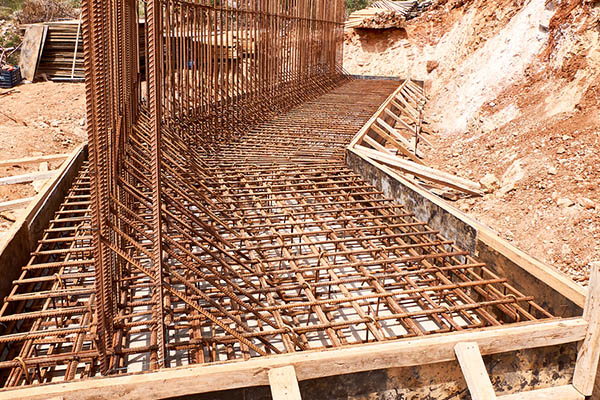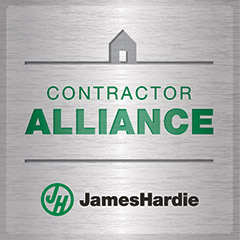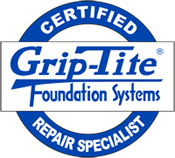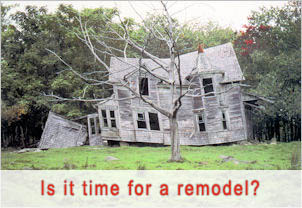
Retaining walls can be incredibly convenient in increasing your home’s usable land and might be a necessity for houses on dangerous hills. Weather and erosion can result in a precarious situation for home foundations.
If you are thinking of building a retaining home on your property, the options can be overwhelming. Here are some of the most common types of retaining walls that retaining wall contractors install in homes.
Anchored Retaining Wall
If you have a limited amount of space but still need a retaining wall, then the anchored wall is the best option. This type is known for being relatively thin and can be built taller. It works well for loose soil and rocks.
“Anchors” made of cables or strips are driven into the ground behind the wall and secure Anchored retaining walls. Even though the wall is thin and tall, the anchors support the wall by being driven into the ground mechanically.
Sheet Piling Retaining Wall
If you need a temporary wall for construction, the sheet piling wall is usually the best bet. Sheet Piling Retaining walls are constructed by driving different sections of the pre-constructed wall into the ground and connecting them to form a wall. The sections can be driven in at different depths to create stability. Construction of these walls is quicker than others.
These are some of the least stable walls because they can not withstand a large amount of pressure. These also don’t work in dense, thick soil. Also, it can be challenging to match the wall to a preferred shape, because the preconstructed sections determine the walls’ shape and height.
Cantilevered Retaining Wall
The most common type of retaining wall is the Cantilever. This wall is heavily reinforced with metal bars running through thick concrete to form the wall and is built in an “L” shape so that the soil keeps the wall standing. This wall is one of the sturdiest options for substantial amounts of soil.
The wall can be pre-constructed off-site or constructed onsite. Cantilevered retaining walls have a stem and base shape for stability. However, it’s essential to account for site-specific concerns for sliding and overturning due to pressure.
Gravity Retaining Wall
The Gravity Retaining wall is known for strength, which it depends on to stand and hold soil. This wall is one of the most flexible options when it comes to building material. However, because of its weight, the wall usually must be massive.
Retaining wall contractors can create a type of Gravity Retaining wall using heavy boxes to create a draining system in which they fill holes with rocks or coarse soil. These are called Crib Retaining walls, and they are an excellent option to reduce the water build-up. Regular Gravity Retaining walls might require a trench and room for extra reinforcement.
There is a retaining wall for any situation that your property comes across, whether you need a drive, more landscaping space, or need to protect your home from dangerous erosion. It’s always a good idea to discuss options with contractors and decide which type of retaining wall is best for you.
Mares & Dow Construction & Skylights has been serving the Bay Area since 1983. We are retaining wall experts. Contact us today to get started on your retaining wall project!





 based on
based on 

